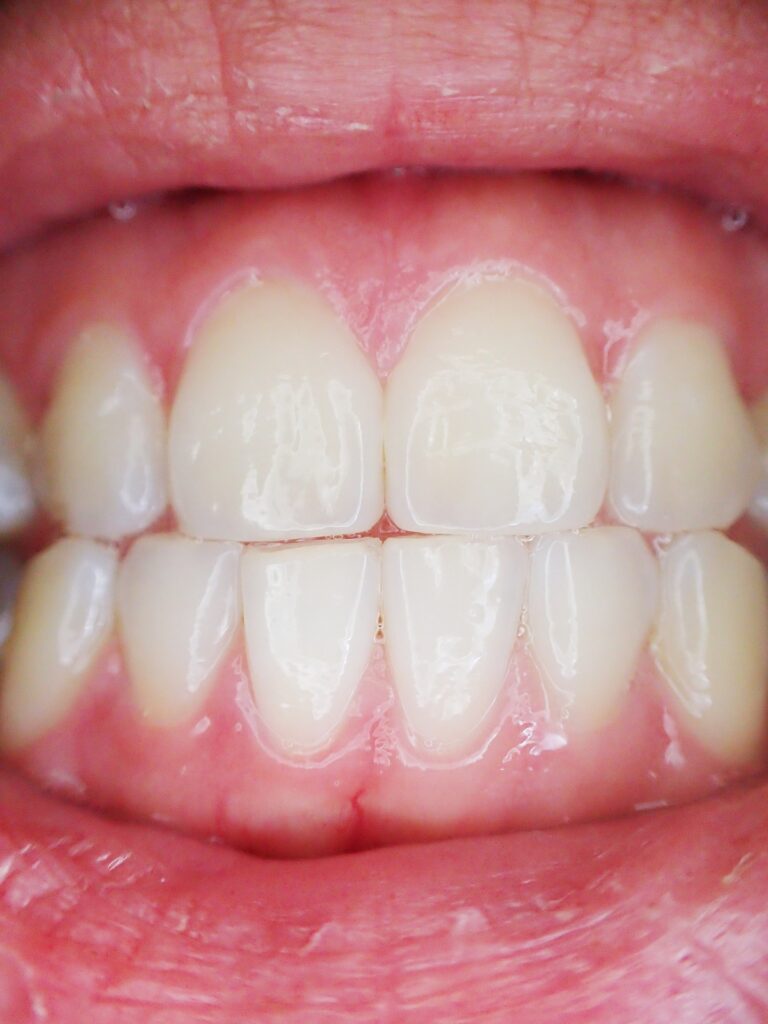Blood clot: The clot is made up of a fibrin clump that extends in all directions and engulfs blood cells, platelets, and plasma. Fibrin filaments also adhere to the damaged surfaces of blood vessels; Thus, the clot closes any vascular rupture and prevents blood loss.
More than 50 important substances have been found in blood and tissue that affect blood coagulation. Some of these provide coagulation, these are called procoagulants; others inhibit coagulation, these are called anticoagulants. Whether the blood coagulates or not depends on the balance between these two groups of substances. Normally, anticoagulants predominate and blood does not clot; but when a vessel is damaged, the procoagulants in the damaged area are "activated" and overpower the antioagulants and a clot forms.
